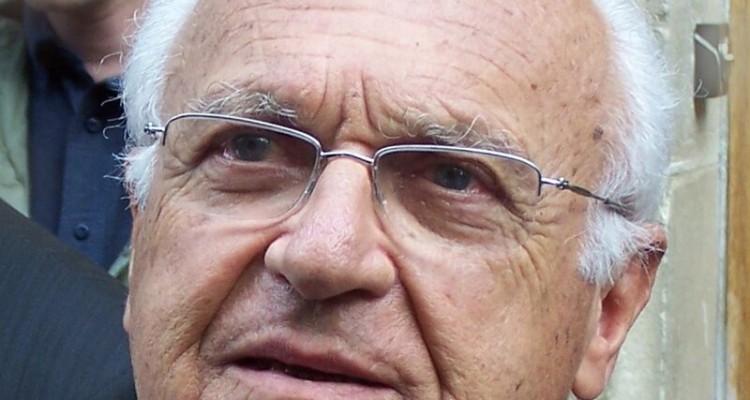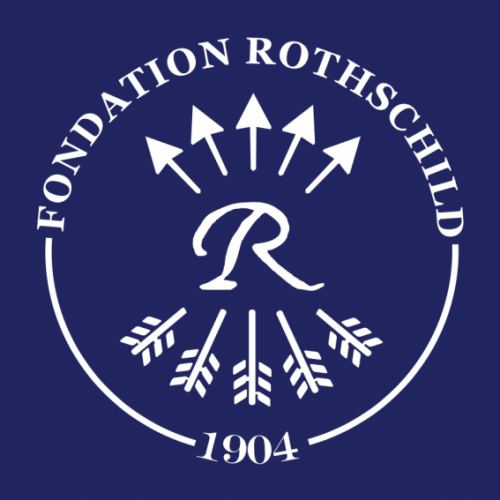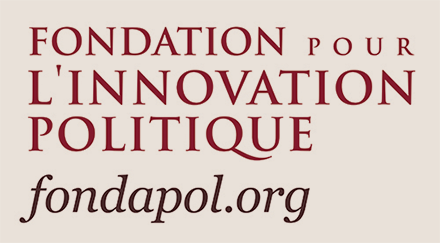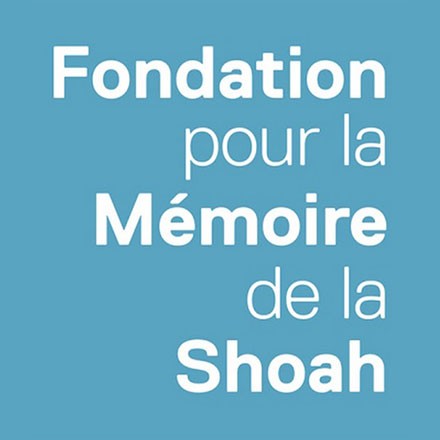Vienna, 1900: the Austro-Hungarian Empire declines. Its German neighbor overshadows it, and the social mobility of the previous decades comes to a halt. In 1984, in a work that has become a classic, Vienna 1900, sociologist Michael Pollak analyzed the effects of this political and social crisis through the notion of wounded identity. Bruno Karsenti revisits this book this week in K. In his turn, he specifies the causes of this crisis and its main consequence: the development of an unprecedented anti-Semitism. Antisemitism that produced an identity wound in Viennese Jews who were also involved in the same dynamic of individualization. But this wound, which was their own, made them the privileged actors to try to question and respond, by different means – psychoanalysis, social democracy, Zionism – to this crisis of modernity of which they were both witnesses and victims of a certain type. More than a century later, the resurgence of anti-Semitism signals a new crisis in European liberal societies. But a crisis from which all the ways out seem this time, in view of the attacks suffered by psychoanalysis, the weakness of social democracy and the omnipresence of anti-Zionism, to be blocked.
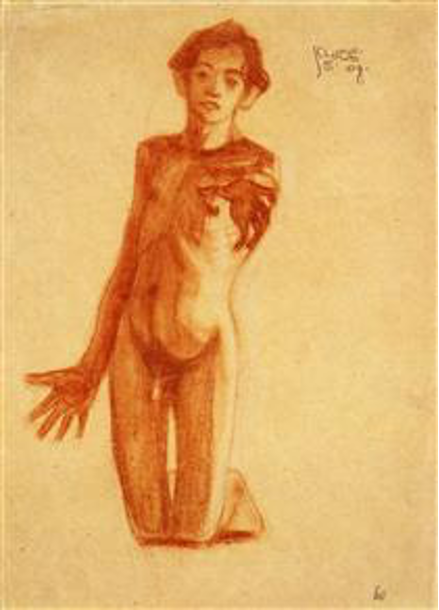
The great exhibition on Vienna organized at the Centre Pompidou in 1986, under the direction of Jean Clair, remains in everyone’s memory as an exceptional success, attracting for several months uninterrupted crowds of visitors. Under the title Naissance d’un siècle (1880-1938), the exhibition was later renamed “L’apocalypse joyeuse” (“The Joyful Apocalypse”) [1] in 1992, using Hermann Broch’s formula. From one formula to the other, one can discern an inflection, which is not without reflecting that of the European state of mind during those few crucial years when confidence in the future faded and gave way to scepticism: a foreshadowing of the mistrust towards Europe which subsequently took hold and which prevails today. More recently, the same formula has been used again, but for a completely different purpose: it was the title of a book devoted to the history of European industrialism [2] and the environmental crisis that the inveterate productivism of modern societies is preparing for them. No connection with Vienna, obviously, or at least no connection other than the evocation of a certain kind of era, called upon to reproduce itself by only changing its preoccupation and scale. An era propitious to collective hallucination, in which the reaching of a civilisational summit strangely coincides with the happy, carefree rather than unconscious march towards an announced destruction.
It is a fact that turn-of-the-century Vienna is like a question mark in our past. Post-1945 Europeans regularly re-visit it, as if it contained an unanswered question, which they address with varying degrees of enthusiasm or anxiety, fervour or concern. The attraction remains, but the emphasis is shifting, depending on whether one is looking to Vienna as a positive resource, or as a sinkhole to keep us on a deadly slope. The latter is certainly the case nowadays, which justifies the use of the image of the joyful apocalypse by political ecology.
Let us therefore consider seriously the invitation to take a diversion. Can we once again use Vienna to approach our current moral state, with the challenges it presents for Europe of today? The undertaking is well worth the effort. All the more so since, in addition to the exhibition catalogue already mentioned, there are a number of valuable works available, which are just waiting to be updated in their conclusions in order to shed light on our path.
***
Among these works, the work of the sociologist Michael Pollak[3], who was one of the specialists – along with Nathalie Heinich – involved with Jean Clair in the preparation of the 1986 exhibition, is particularly noteworthy. In Vienna 1900, published in 1984, he made this city, in the wake of the studies of the historian Carl E. Schorske<footnote>Carl E. Schorske, Vienne fin-de-siècle. Politique et culture, Paris, Seuil, 1983.</footnote>, a privileged observatory of what he called “wounded identity”. Three wounds of identity, experienced differently according to social strata, were highlighted in Pollak’s book: the vacillation of national belonging, with its violently contradictory political effects, the recompositions of cultural identity within artistic movements, and finally what we would call today disturbances of gender relations, triggered by the open questioning of the formation of sexual identities.
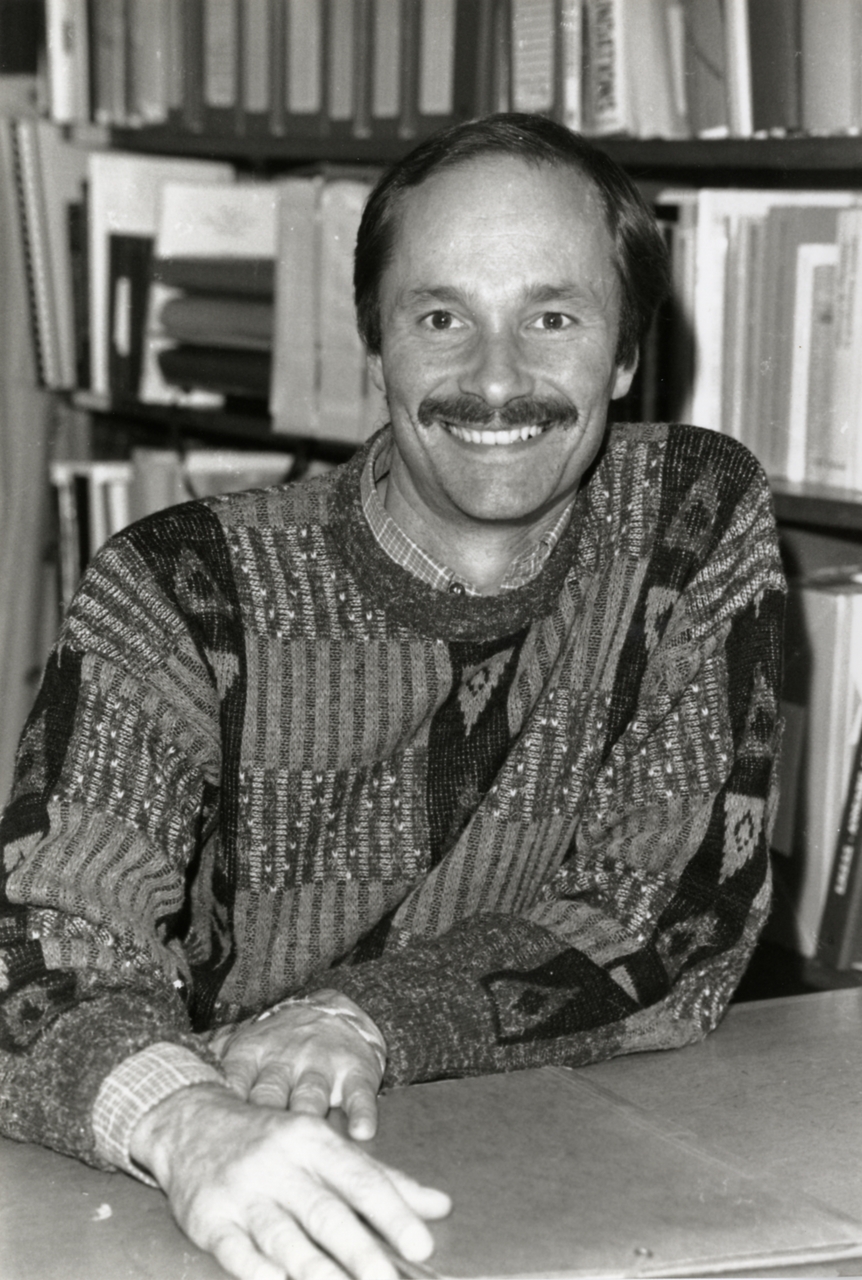
Vienna was indeed a renewal of political thought in at least three ways. It saw the birth of Austro-Marxism, the greatest breakthrough in socialist thought after Marx, political Zionism led by Herzl, and anti-Semitism as a mass movement in which Nazism was to take off. At the same time, there was an artistic ebullition in all fields, in music as well as in architecture, in literature as well as in painting, and scientific advances proliferated (logic, mathematics, physics and the theory of law were radically transformed, psychoanalysis was founded there). On the scale of a city and a small handful of years, the phenomenon is somewhat miraculous. The contrast is all the more striking given the formation of self-destructive tendencies, as if, in a vacuum and locally, the disaster was beginning its great repetition.
It is well known that there is no miracle in history. In this particular case, this means that to believe in a miracle is to empty history of what it can really teach us about ourselves. To speak of wounded identity in a sociological sense is, on the contrary, to begin to gain insight, and to launch an explanation. But to do so, a focus is required. Pollak, in this respect, keeps his eyes open. The whole issue is anchored in another observation, which must also be introduced into the setting of the problem and explained: the centrality of the Jews, the fact that they are omnipresent and occupy the foreground of the various scenes, imaginary and real, into which this Viennese moment is subdivided.
There is something specific about their case, although this specificity only stands out against a common background. What is involved is the general dynamic of social ascension and growth of the urban bourgeoisie that was experienced throughout Europe at the time – from which the Jews only benefited very unevenly in different countries. The generality of the process can be identified as follows: a strong modernizing impulse was felt in the second half of the 19th century, which had different modalities and rhythms, and which at the same time generated, depending on the situation, singular problems of adjustment for individuals and for the communities included in the States. Pollak takes this view in his description: everywhere, we are witnessing reconfigurations of identity, whether at the individual or collective level. This gets to the heart of the idea of ‘wounded identity’, which is particularly sensitive in Vienna, but can be found elsewhere to a lesser degree. There can be no modernisation without wounds inflicted on identities, more or less deep and more or less surmountable. Or again: no liberal emancipation without a backlash against identity, due to the shock suffered by particular attachments and the new need for integration that arises from this attack. Socialism and nationalism, in this sense, are necessarily fuelled by what is happening. They offer antithetical solutions to the phenomenon of wounded identity, and they do so even more when liberalism enters a crisis and is no longer able to meet the demands of individuals and groups with its own resources.
Vienna is a manifestation of this great European transformation in its own way. During a short period of time, coinciding with the beginning of Franz Josef’s reign, between 1850 and 1870, it was the scene of a sudden liberal upsurge, both in economic and social terms. Barriers were lifted, the stranglehold of tradition and religious domination was loosened, and statutory privileges were reduced, so that the liberal bourgeoisie was suddenly favoured in its rise. Among them were many Jews, who had been attracted to the capital by the prospects of improvement in their condition, and whose situation changed significantly.
But this success of liberalism was caught up in a very particular framework: that of an imperial concession, and not of a reform of the institutions in a truly democratic sense. This concession was made in the context of a weakening of the Empire at the international level, with competition with Prussia turning to the advantage of the latter, especially after the Bismarckian unification. On the Viennese side, the triumph of liberalism proved to be fraught with ambiguity. The triumph of liberalism was often lived in an illusory mode, in which the empire was adorned with all the virtues that it did not have in reality. This is because, in this context, the liberals did not aim for the transformation of power. On the contrary, they were satisfied with the representation of a harmonious nationalisation, in the shadow of a supposedly benevolent empire, capable of guaranteeing the plurality of particular identities by sheltering them under an overarching identity, invested with an undisputed superior value.
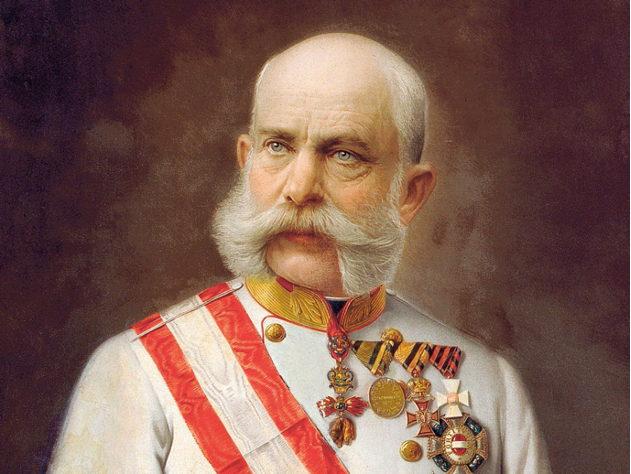
As we can see, the particular case of Viennese modernity is due to the pitfalls that have not failed to stand in its way. They quickly split the bourgeois consciousness, the carrier of the liberal upward movement, into several fractions that were strongly opposed to each other. The main stumbling block was a certain background conservatism, which the imperial illusion had not ceased to foster within liberalism itself. In concrete terms, this means that traditional affiliations, bodies and confessional groups were maintained without being shaped and modified from within by modern trends. At the same time, as the liberal thrust kept on happening, it inevitably led to the valorisation of individual identities. But it did so without providing the new anchorage required for integration to take place, and thus without providing the new collective identity that would correspond to it. The identity wound lies in this deficit. The new anchorage was all the less available because it took the distant form of the empire that provided harmony – a harmony whose evanescent character became more and more apparent as the framework that was supposed to provide it lost its consistency. Thus, the brief triumph of liberalism was followed by its prolonged crisis, which continued throughout the 1870s and culminated in the return to power of the conservatives and the political confrontations of the 1880s.
Inevitably, strong nationalist and socialist reactions to the crisis occurred. The former saw the convergence of a Christian-social current carried by the petty-bourgeoisie excluded from the benefits of liberalism, and a reaction of the upper classes, bourgeois and aristocratic, threatened in their privileges and anxious to restore them. The second reactions, of a completely different type, fed socialism, in this case Austrian social democracy, characterised by the attempt to construct institutional frameworks capable of integrating a fundamentally plural reality, both in terms of classes and nationalities, within a multinational state radically redesigned.
At the very heart of this configuration is the Jews’ position, as a condensation point of all the contradictions at stake. In the second half of the nineteenth century, their demographic growth was strong, and many of them benefited fully from the liberal and emancipatory push. In this bourgeois fringe, this inclined them to a strong national-imperial feeling, an acute loyalty to the government and a marked belief in its capacity to achieve national unity (which translated, for them, into the valorisation of German-speaking culture in its universalist guise).
At the same time, the crumbling of liberalism and the strengthening of reactionary nationalist tendencies put Jews in the spotlight. They became the focus of most criticism of the damage caused by modernisation, and this was made easier by the fact that these criticisms could, in their case, combine pre-modern arguments – the accusations of an offended Christian identity, which aimed at its restoration against members of an alien religion – with modern arguments – the Jews being the ‘parvenus’ unduly advantaged by liberalism, to the detriment of the middle and lower classes as well as of the declining upper classes.
Anti-Semitism could thus appear as the common denominator of various class fractions that reorganised themselves under the effect of the crisis of liberalism, and that together gave shape to a particularly aggressive reactionary nationalism, in contradiction to the process of liberal nationalisation initiated in the previous decades. It is well known that the rapid rise of antisemitism was measured on a Europe-wide scale in the last decades of the century. However, it is in Vienna that it acquires a remarkably pure face, which allows the social dynamics and the specific politicisation of the modern experience to show through. More importantly, it is in Vienna that the counterpart of this misguided politicisation of society can best be perceived in terms of the individualisation of the very people on whom the reactionary representations are being projected. In other words, it is here that we see most clearly the collusion that occurs between modern experience and Jewish experience, which can be grasped with the help of one and the same scheme: precisely that of the wounded identity.
A single pattern, but not declined in the same way. The symptom of a wounded identity as a failed national-liberal identity – a Viennese collective identity attributable to a pathology of modernisation, the main outcome of which is antisemitism – finds its answer in a sharpened Jewish identity, which has its own wound. This can be described as a kind of reaction to the reaction, a second degree wound, where something new is triggered: a heightened reflexivity, an exacerbated creativity, and in the end a tenfold potential to relaunch the modernisation on new foundations. It is through this double-edged wound where we reach the incandescent core of the cultural fecundity of the Vienna of 1900.
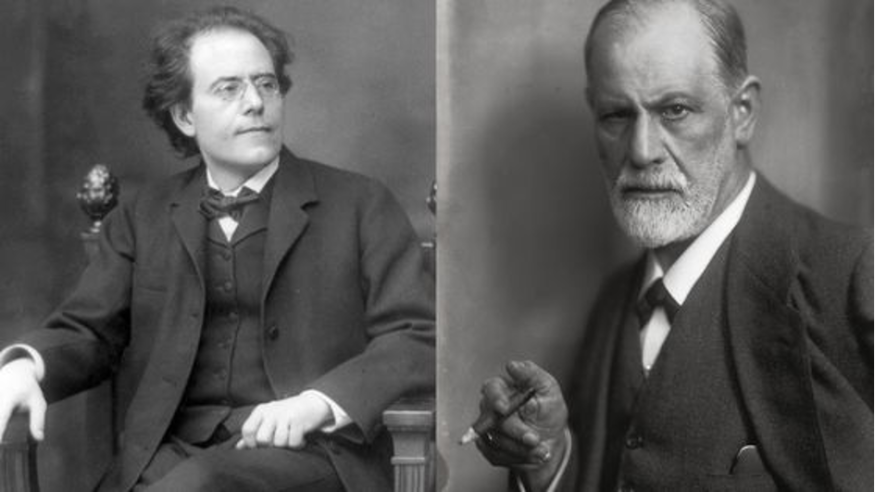
Who exactly are we talking about? We are talking about relatively recent immigrants from Galicia, Bohemia or Hungary, for whom the liberal decades acted like a call for air, and whose trajectories are now broken by the triumphant anti-Semitism. Excluded from the student groups where they started to be integrated, hindered by the resurgent guilds, their German-speaking and pro-imperial nationalism became impracticable. They then went their own way out of the illusion. And we see them distributing themselves in several directions, all of which are versions of the redoubled wound that affects them in their own right.
The first direction they take is the redesign of domestic politics and its relationship to the other states that were being built in Europe at the same time. They invested themselves in the constitution of a true multinational state, according to socialist principles, and therefore through a critique of liberalism that was non-nationalist, but which proceeded to a redefinition of what nation and nationality meant, reoriented in the direction of a European and virtually global emancipation. Here lies the foundation of Austro-Marxism, the majority of whose theorists are Jewish (Otto Bauer, Victor Adler, Max Adler, Therese Schlesinger, Gustav Eckstein…).
A second direction that is emerging is the direct confrontation with the problem of individual identity, while any collective identity in the background is being lost in an increasingly shaky political situation. In this case, it is as if the wound is being examined as a subjectively experienced gap, in connection with the experienced deficit of belonging. There are several versions of this problem, both artistic and scientific, in which Jews are involved in significant amounts. It is not, let us emphasise, the apolitical nature of science and art, but rather the reflexive gap that science and art both make possible, so as to make the problematic articulation of the individual and the collective an object of analysis in itself, a phenomenon to be elucidated rather than a founding experience to be taken for granted. The proximity of psychoanalysis – a “Jewish science”, according to its detractors, but above all a group of scholars who, almost entirely Jewish, bypass the Jewish question in order to pose the problem of the conflictual structuring of the human psyche in the light of an experience which the Jews of their time, starting with themselves, experienced. The literary experiments of the Jung-Wien group and its most brilliant representatives (Schnitzler, Krauss, Hofmannsthal and Zweig, to mention only the most famous) attest to the importance of what is happening in this Viennese context.
As for the third direction opened up by the Jewish wound, it is obviously Zionism. It is no coincidence that this radical political innovation was born in Vienna, that it is the fruit of central-eastern Europe and of this very particular social and political configuration. The singularity and strangeness of the “Herzl phenomenon” – a worldly journalist-dramatist who throws all his strength into a utopian national project, with unexpected success – did not escape Pollak. Above all, it did not escape him that the phenomenon has a scope that goes beyond the line where it is most often confined, namely the history of the Jews. Indeed, Zionism reflects the socio-history of the whole of Europe in one of its facets. Its significance is far from being limited to the Jews, since it basically consists in the reconstruction of a collective identity where nationalisation can continue beyond the crisis of liberalism, and therefore of the regressive conservative reactions born of this crisis, of which antisemitism was not an arbitrary or conjunctural outgrowth.
In short, by passing through a Jewish identity refounded in the mode of a response to antisemitic stigmatization and persecution, Zionism has the particularity of making perceptible a hidden dimension of the modern idea of nation, in the new synthesis which is supposed to characterize it. What it makes salient is the fact that it is driven by an effort to articulate the individual and the collective, where the traditional heritage is not denied, but rather taken up and inflected, reassumed and altered so as to match the demands that modernity has brought about. Let us say that, together with the intra-European social-democratic reaction and the indirectly political reaction of the new science and the new art, Zionism presents itself as the third, directly political, though extra-European option in which Jews find themselves involved. The conviction of the Zionists is that the revival of the modern nationalisation movement in opposition to reactionary nationalism can only take place at a distance from a Europe which is perceived to have already begun its decline towards destruction, with the Jewish people as its most prominent victim.
Pollak has not completely systematised the diagram I have just drawn. He did, however, provide the main key to it, through the multi-layered, or multi-percussive, concept of wounded identity. This makes him, today, an important reference for a true socio-history of Europe, based on the comparison of the different nationalisation processes, more or less sinuous and bumpy, that have crossed it. Today, if a diagnosis of our present-day is possible, it can only be by taking this direction. It is here that we are encouraged to return to the Viennese case. It provides, in its very exceptionality, an effective interpretive model for bringing out features that would otherwise remain irrelevant in our situation, the one in which we are currently caught.
***
The thread that, from Vienna to us, has not broken and has constituted a major axis in the history of Europe – with its points of culmination, its lulls and its resumptions – is obviously antisemitism. Its permanence can be related to something other than a timeless fatality. In the light of what we have seen, the antisemitism in question, the one we have inherited since the end of the 19th century, is a phenomenon inherent to late modernity. It is a pathological reaction to a wounded identity, experienced as a generalized test by social strata that feel affected by liberalism and its crisis, and that find in the representation of the Jews the means to reconcile their often contradictory motives. These motives oscillate between two poles: on the one hand, the brake or obstacle to emancipation, on the other hand, the perversion of its movement, which consists in arrogating to themselves the collective benefits of the upward process promised to the whole society. Individualisation and integration are seen by the antisemites of this period, which began around 1900 and continues to this day, as the coordinates of the reformation of group privilege in modernity itself. This is what makes the Jews, in a recurrent way, the target of predilection for very diverse social strata, brought to converge by passing through this point. They may be located at opposite ends of the political spectrum, they may be nourished by multiple and changing cultural identities, but they all bear witness to the same wound: that which affects the construction of a common identity corresponding to the new socialisation that is taking place.
The sociology of antisemitism, then as now, has everything to gain by understanding how these tendencies are born and combined, and from which new pathological identity claims – aroused by a wound whose real subjects, causes and current motives must be detected – they are fed in the present situation. But Vienna 1900, if we adapt its diagram, has yet another interest, no less obvious, even if it is more difficult to discern. It lies in what the second degree wounds, the reactions to the reaction, make visible, with the options they draw – not only for the Jews still living in Europe, but for all those, Jewish or non-Jewish, who feel concerned by the troubled destiny of this continent and reflect on what is happening.
Since it is impossible to cover all the ramifications of Vienna, we will limit ourselves here to a few points: psychoanalysis, socialism and Zionism.
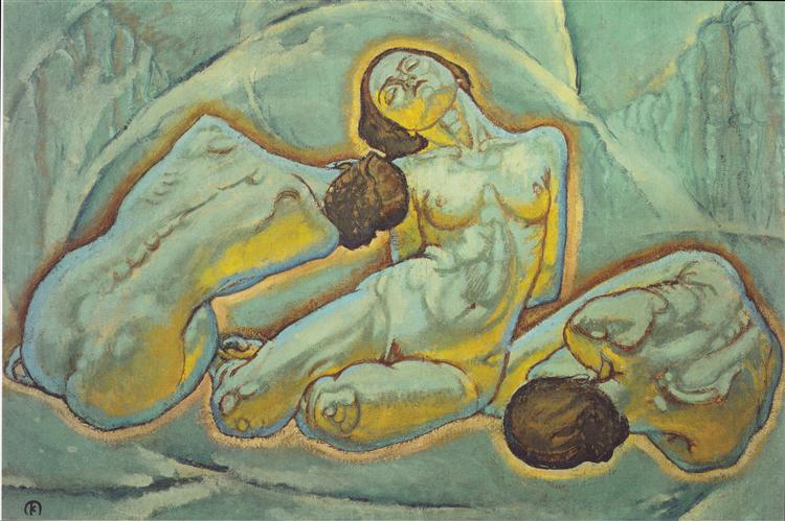
A Viennese legacy par excellence, psychoanalysis imposed itself during the 20th century as the most relevant approach to questions of identity posed at the level of subjectivities – which it was able to do by going beyond the old depth psychology, that is to say, as is rarely emphasised, by developing, with the help of a battery of concepts, the first of which is that of the unconscious, a perspective capable of correlating individual and collective factors in the structuring of the psychism. It was obviously never a ‘Jewish science’ in the sense intended by its opponents, but it was from the outset a European science, the majority of whose actors in the Viennese milieu were Jewish, to become a social practice and a discipline available to all those engaged in the life of their time under the prism it provides – which, as Freud already said, extends not only to non-physicians, but also includes analysands and analysed. If we want to gather together the people of Europe for whom psychoanalysis matters, we will say, simply, that it includes all the individuals affected by the second-degree wound in its double individual and social aspect.
Now it seems that this people of Europe, today, is struggling to come together and make itself heard. Nationalist and liberal tendencies work against it, and promote approaches to the psyche that put old determinations, whether materialistic or spiritualist, naturalistic or culturalist, back in the foreground, all of which have in common the relegation of psychoanalysis to the rank of non-science, or even of usurping knowledge. If we take up the Viennese lesson, we can say that these attacks themselves bear witness above all to a crisis of European identity properly understood – that is to say, envisaged in the task of constructing itself outside of nationalist fixations and liberal denials, which can only be done by reflecting on the wounded identity with all the necessary rigour.
The other Viennese reaction that concerns all Europeans today is social democracy. For it is social democracy, backed by a historical sociology of national and international integration processes, that offers the consequent alternative to blind liberalism and conservative reactions, in the new guise that these reactions have assumed in recent decades, in a completely transformed economic and geopolitical context. It is clear that this second degree social-democratic reaction is now in retreat, and that it is having the greatest difficulty in re-articulating itself – whereas it had succeeded in doing so after 1945, laying the common institutional foundations of the social states on which Europe still lives, with a consciousness that remains, however, in a state of limbo.
There are many ways of picking up this thread, but what is certain is that none of them can ignore the fact that it must deal with all the accumulated points of regression, all the coagulations that occur as a result of the identity wounds of individuals and groups, wherever they take shape in the political arena – i.e. on the right as well as on the left, as much from the claims of the dominant who feel threatened as from the dominated who feel wronged. Both are called upon to regularly exchange their positions, the preferred exchanger being the same resentment against those whom they imagine to be the sensor of the upward movements from which they feel excluded. Thus we see that today’s social-democratic consciousness has no other way to refound itself than to draw on the critique of the critique, whereby it also recovers the lucidity of the second degree subjects of injury that Vienna had begun to portray.
This remark brings us to the last point: Zionism, or rather the Zionism-anti-Zionism doublet. In 1948, Zionism was realised. It was embodied in a state, with an internal and external policy, a policy that could be judged according to the same criteria as any other state, and therefore in the light of the international standards of which post-1945 Europe was the torchbearer. These standards include democracy, treatment of minorities, respect for human rights and guarantees of social rights, and fidelity to international conventions and treaties.
At the same time, however, one phenomenon remains: what Israel represents for Europe in terms of European history itself. Let us note that these are not simply vague and abstract evocations. They are justifications of existence, which are rarely measured in terms of the fact that they are divided between one pole and the other, and therefore concern both. What one easily agrees to recognise – sometimes, on the anti-Zionist side, to denounce it as an ideological instrument – is that Israel cannot do without the reference to its genesis as a reaction to anti-Semitism, that is to say as an effective and always available response to the anti-Semitic drift wherever it appears in the world – which constitutively decentralises this State, and makes it a very singular political form, whether it likes it or not. But what is neglected is what happens at the other pole: Europe does not and cannot have any relation to this state, because it is a shifted emanation of it, fundamentally distinct from a colonial type of imperialism, since it proceeds from the second degree wound of which Zionism was a consequent mode of “management”, to speak like Pollak, that is to say, the democratic and egalitarian continuation of a process of nationalisation prevented in Europe and resumed elsewhere, on pluralist foundations and attached to the integration of groups (and therefore minorities) that had taken shape.
So it is the way in which anti-Zionism is fanned in today’s Europe that becomes the heart of the problem, especially when it becomes a common pole of attraction for the most heterogeneous and disparate struggles. Europe, if it wants to question itself in a consistent way and take the pulse of its current moral state, cannot turn away from these questions: What are the exact motives that are mixed with the legitimate criticism of Israeli policy and its proven nationalistic drifts, and what is it about these motives that are fighting against one of the forms that the reaction to the reaction has taken – and thus, what is expressed in renewed, perpetuated and reactivated antisemitism through anti-Zionism?
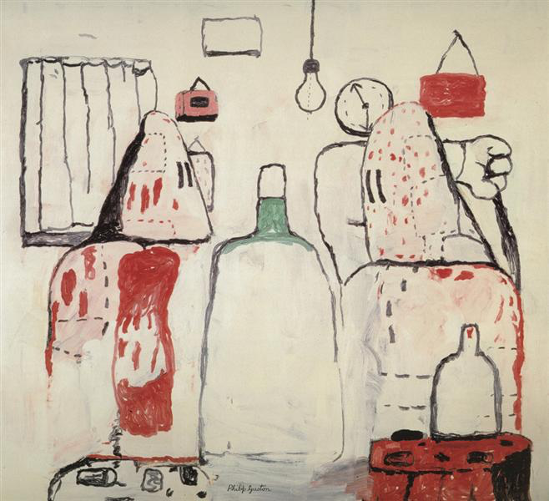
In light of the Viennese genealogy, and using the interpretative scheme it provides, the inner link between antisemitism and anti-Zionism is most clearly shown. If we understand that the relationship with Zionism remains a central question for Europe, and that if it is poorly addressed today, it is because Europe is plunged into an identity crisis that is evidenced above all in its inability to take up its real history – of which Zionism is inevitably a part. Only by facing up to this issue will it be able to find a way out of its wounds and not be overwhelmed by the unthinking reactions they produce. One will be able to act with full knowledge of the facts, i.e. to treat them with all the lucidity of which one is capable. Then, without becoming Viennese again, we will be the heirs of the best that Vienna has to offer. And the threats of apocalypse, joyful or not, may begin to be countered.
Bruno Karsenti
Notes
| 1 | Jean Clair (dir.), Vienne 1880-1938. L’apocalypse joyeuse, Paris, 1992. |
| 2 | Jean-Baptiste Fressoz, L’apocalypse joyeuse. Une histoire du risque technologique, Paris, Seuil, 2012. |
| 3 | Vienna 1900. Une identité blessée, coll. Archives, Paris, Gallimard, 1984. Born in Vienna in 1948, Michael Pollak emigrated to France in 1971 and worked there with Pierre Bourdieu, then with Nathalie Heinich and Luc Boltanski. In addition to his work on Vienna, he was a pioneer in several fields (the concentration camp experience, mobilizations around AIDS, nuclear energy, scientific policy, etc.). He died of AIDS in 1992, at the age of forty-three. For an overview of his work, one should read the posthumous collection, Une identité blessée, Paris, Métailié, 1995. |


